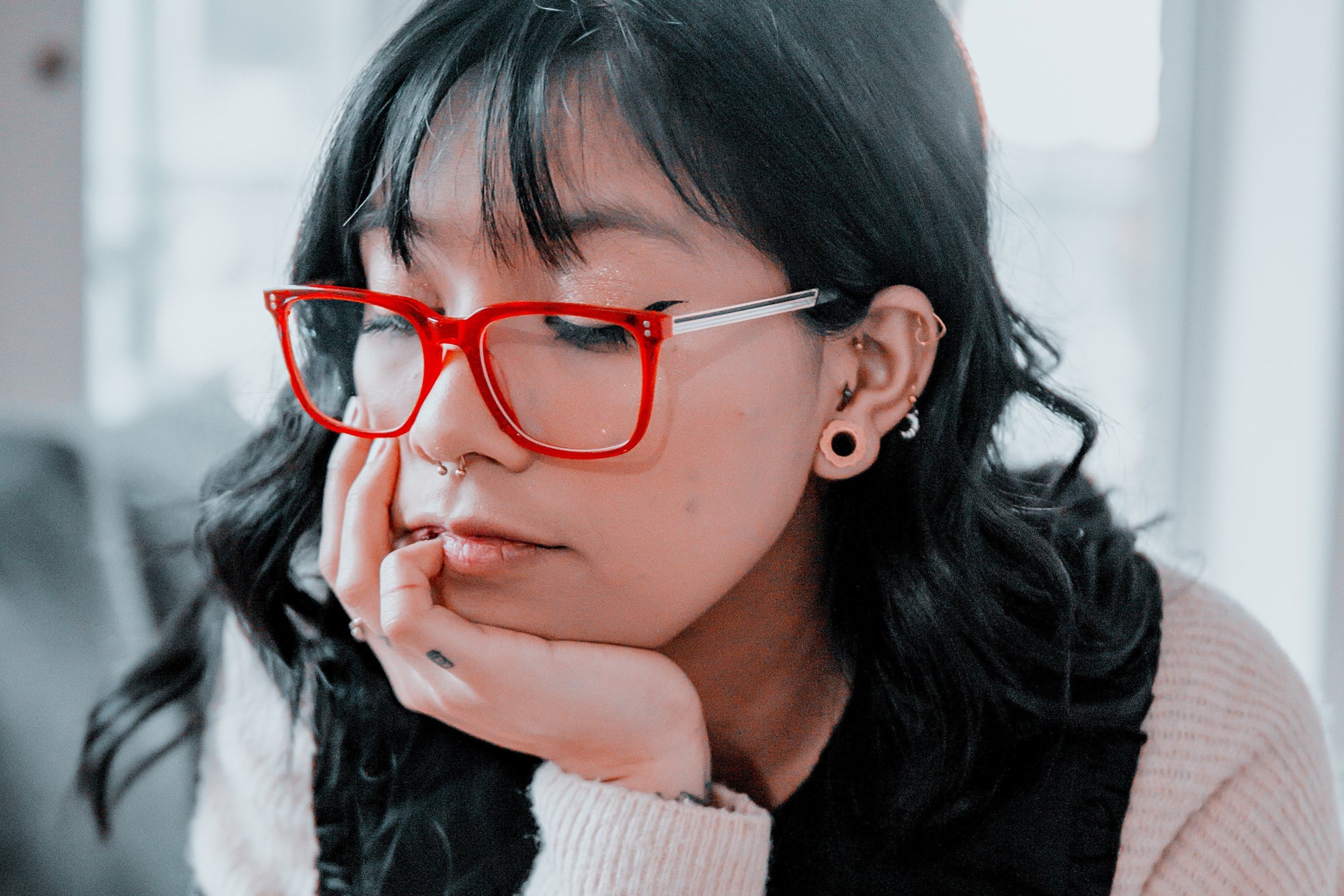Go to a regular hospital to check your eyes
On the surface, pseudo-myopia is the same as true myopia, that is, looking far away is blurred and near looking clearly. But looking at the essence through the phenomenon, the difference between the two is obvious. The so-called pseudo-myopia is due to frequent incorrect use of the eyes. The ciliary muscles continue to contract and spasm, and they cannot get the rest. And the crystals are also in a state of thickening. In this way, the parallel light from the outside enters the eye, and after the thickened lens chamber is flexed, the focus falls to the front of the retina, and it is naturally unclear to look at things in the distance. During this period, the eyeball has no organic changes. If you can take proper rest and treatment, pay attention to eye hygiene, use your eyes reasonably, and hope to restore normal vision. However, if the false myopia is not corrected and treated in time, it will develop into true myopia over time. There are many ways to treat pseudomyopia, mainly relaxation and adjustment, such as application of cycloplegia, acupuncture, physical therapy, improving the learning environment, paying attention to eye hygiene, and doing eye exercises. If you suspect false myopia, you should go to the hospital for an eye examination as soon as possible.
Regular eye hospital examination
They must go to the formal professional ophthalmology for optometry and glasses. Wearing glasses after they suffer from myopia, is to correct refraction and clear view. Another important role is to prevent the loss of balance between the adjustment and aggregation functions of the eye. Before getting glasses, they need to go to the hospital for pupil dilation. Many parents are afraid that dilating pupil has a bad impact on their children's study, or afraid that dilating agents will affect the health of their children, so they ask their children to choose computer optometry for glasses. Failure to dilate the pupil and optometry will cause harm to the child's eyes.
What Are Premium Progressive Lenses?
Premium progressive lenses are designed to provide a wider and smoother view. These lenses are highly customizable for your prescription, chosen frame, and eye anatomy. Premium progressive lenses can incorporate your dominant eye into the design and make transitioning between different prescriptions feel smoother as well.
What is an MR lens?
MR is the brand name of optical lens raw materials produced by Mitsui Chemicals in Japan. MR series is available in three different refractive indices (1.60, 1.67, 1.74): MR-7, MR-8, MR-10, and MR-174. MR-7 and MR-10 have higher thermal deformation temperature and excellent dyeing, which are widely used in the field of sunglasses. MR-8 has the most balanced performance index and is suitable for the production of lenses of any strength. It has the highest market share in lens materials with a refractive index of 1.60. MR-174 is a high refractive index lens material, which is mainly used in the production of ultra-thin lenses.
The Benefits of Glasses Without Prescription
From the above part, you have found some basic information about glasses without prescription. In this section, we will list some benefits of plain glasses.
The non-prescription glasses are inexpensive, and they are widely available in a selection of styles and shapes. In addition, non-prescription glasses can be easily replaced as fashion changes.
Meanwhile, everything has two different sides. So, there are also some negative voices of glasses without prescription.
How to choose blue light blocking glasses?
Nowadays, electronic products such as mobile phones and computers have become indispensable tools in our lives. While these high-tech products bring us convenience and fun, they also bring symptoms such as eye fatigue and myopia. Subsequently, blue light blocking glasses have also received everyone's attention. Anti-blue glasses are only suitable for people who use electronic products for a long time, not for people who are visually fatigued. Exposure to such unnaturally strong blue light for a long time every day, especially for teenagers and children, needs to pay more attention to the prevention of blue light. So, how to choose suitable blue light blocking glasses for kids?
Anti-blue light is necessary, but not all blue light can be filtered out, because blue light will interfere with the body's melatonin secretion after being over-filtered, thereby affecting sleep. Therefore, when choosing blue light blocking glasses, you should choose appropriately according to your own eyes.
For how to choose anti-blue glasses, consumers can distinguish from the color of the lenses. Generally speaking, a lens with a yellow color will have the effect of blocking blue light. But too dark lenses will affect the contrast sensitivity. Therefore, it is recommended that consumers choose moderately. In addition, consumers should also pay attention to whether the glasses products (lenses, frames) have conformity marks, etc. It is best to choose professional and well-known glasses shops to match glasses.
The Disadvantages of Polycarbonate Lens
In this section, we will show you the disadvantages of polycarbonate glasses.
First, the polycarbonate lens is expensive than other regular lenses. It can cost up to double the price of regular eyeglasses.
Second, compared with high-index lenses, polycarbonate glasses have a lower abbe value, which is used to measure the dispersion of light for different eyeglasses lens materials. Polycarbonate lens rates lower mean they have the potential to cause slight chromatic aberrations in your peripheral vision.
Third, compared with Trivex lens, polycarbonate lens has bad durability since they are thinner and lighter.











































